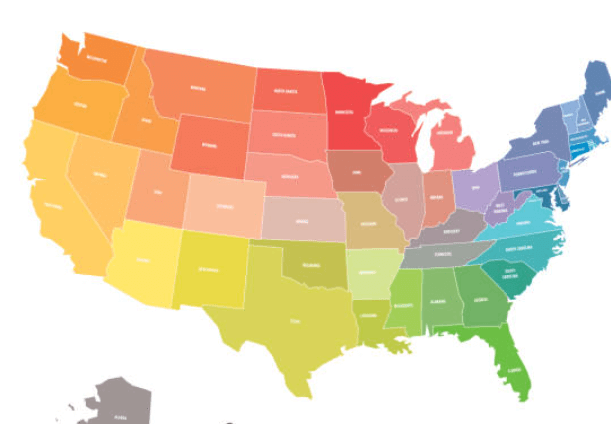Labeled:Uj3t4zt70_Q= State Map

The ‘Labeled:Uj3t4zt70_Q= State Map’ stands out for its meticulous integration of geographical, political, and cultural elements, creating a multifaceted resource for users. Its interactive capabilities not only facilitate exploration but also allow for personalized navigation through various layers of information. This adaptability is crucial for those seeking to understand the intricate dynamics of a region. However, the true value of this tool may lie in its lesser-known features, which could significantly impact user experience and outcomes. What insights might these hidden functionalities provide for your next exploration?
Key Features of the Map
The state map serves as a comprehensive representation of geographical, political, and cultural dimensions, showcasing key features such as topography, administrative boundaries, and significant landmarks that collectively inform users about the region’s spatial dynamics.
Its interactive elements enhance user engagement, allowing for deeper exploration of geographical accuracy, while fostering a nuanced understanding of the area’s diverse landscapes and sociopolitical contexts.
Ultimately, this empowers informed decision-making.
See also: Labeled:Uj3t4zt70_Q= Map of Us
Benefits for Users
Users benefit significantly from the state map’s multifaceted approach, which not only enhances their understanding of geographical and political landscapes but also facilitates informed decision-making through accessible data and interactive features.
This encourages user engagement, allowing individuals to visualize complex data effectively.
Consequently, the state map serves as a vital tool for promoting awareness, fostering independence, and empowering users to navigate their environments confidently.
How to Use Effectively
Effectively utilizing a state map requires an understanding of its key features and functionalities, enabling users to navigate information with precision and ease.
Prioritize map navigation by familiarizing yourself with interactive elements that enhance user engagement.
Leverage filters and layers to customize views, ensuring relevant data is readily accessible.
This approach fosters an informed experience, empowering users to explore and interpret their environment freely.
Conclusion
In conclusion, the ‘Labeled:Uj3t4zt70_Q= State Map’ serves as an invaluable tool for users seeking to navigate and understand a region’s complexities.
By integrating interactive features and customizable options, the map not only enhances user engagement but also fosters informed decision-making.
The ability to visualize geographical, political, and cultural elements facilitates a deeper appreciation of regional dynamics.
Ultimately, this resource exemplifies the intersection of technology and geography, promoting a more nuanced understanding of spatial relationships.




